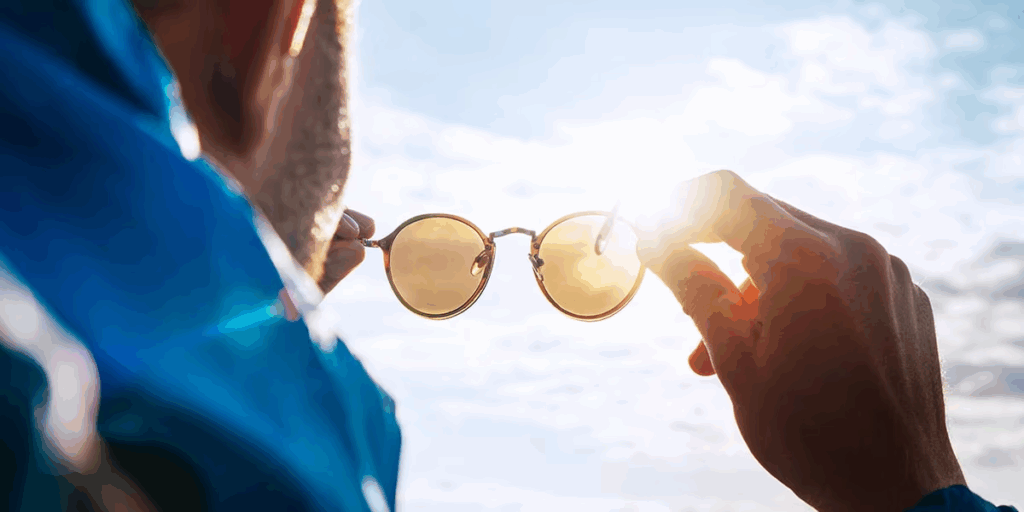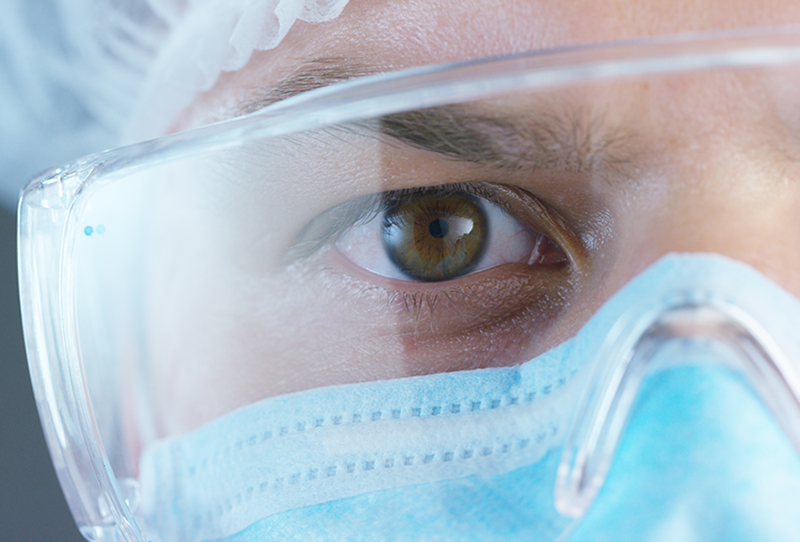Eye protection often gets overlooked, even though it only takes one accident to cause lasting damage. Whether you’re working in construction, manufacturing, labs, or handling chemicals, eye safety gear is not something to take lightly. The right protective equipment can mean the difference between a minor scare and permanent injury.
So, what should be at the top of your list in 2025 when it comes to PPE for eye safety? Here’s a clear breakdown of the most important essentials that should be part of every safety kit this year.
1. Prescription Safety Glasses
If you wear prescription glasses, switching to safety goggles or putting covers over your regular pair isn’t ideal. In fact, it can compromise both your vision and your protection.
Prescription safety glasses offer a direct solution. They are built to match your vision requirements while still meeting safety standards for impact and debris resistance. Instead of choosing between seeing clearly and staying protected, you get both.
Here’s what makes them essential:
- Perfect fit – Designed specifically for your vision and face, so there’s no sliding, fogging, or discomfort.
- No layering needed – You don’t have to wear goggles over glasses, which reduces bulk and pressure.
- Certified protection – Most models meet or exceed ANSI standards, meaning they’re built to resist shattering and prevent particles from reaching your eyes.
For anyone who needs corrective lenses, this is the safest and most practical solution.
2. Impact-Resistant Safety Goggles
Standard glasses won’t cut it in high-risk environments. When debris is flying or chemicals are splashing, safety goggles step in to provide full coverage.
Modern goggles in 2025 offer much better visibility and comfort than older versions. The lenses are often treated to resist fog, scratches, and UV damage, and the frames are more flexible than ever before. Ventilation systems have improved too, reducing moisture buildup without letting in dust or liquid.
They’re particularly important in industries where:
- Flying metal, wood, or stone chips are common
- Liquids and chemicals could splash
- Work involves grinding, cutting, or drilling
The full seal around the eyes gives a level of protection that even the best glasses can’t provide in certain scenarios.
3. Face Shields
Face shields aren’t just for pandemic situations or healthcare environments. They’re essential for anyone working with hazardous liquids, high-speed tools, or molten materials.
Face shields offer extended coverage from the forehead down past the chin, creating a barrier not just for your eyes, but your entire face. However, they should not be used on their own for eye protection. They’re designed to be worn over safety glasses or goggles, not as a replacement.
When are they most effective?
- Chemical handling – Shields block splashes from reaching your skin or eyes.
- Welding or grinding – Sparks, fragments, and heat stay at a safe distance.
- Infectious risk environments – Extra protection limits exposure from droplets or sprays.
They’re a secondary barrier that makes a big difference, especially in multi-risk environments.
4. UV Protective Eyewear

UV radiation isn’t just a concern outdoors. Welders, dental workers, and anyone exposed to artificial UV light should be equipped with UV-blocking eyewear.
Over time, UV exposure can damage your retinas, speed up eye aging, and even contribute to cataracts. Wearing eyewear specifically rated to block UV-A, UV-B, and even UV-C rays is the only effective way to prevent this.
In 2025, many protective lenses are designed with integrated UV protection rather than relying on coatings, which means longer-lasting effectiveness. Look for options labeled with high UV blocking percentages for maximum safety.
5. Laser Safety Glasses
Laser work isn’t just for science labs anymore. From industrial machining to cosmetic procedures, lasers are becoming a more common workplace tool. That also means more risk to your eyes if you’re not properly protected.
Laser safety glasses are designed to filter out specific wavelengths of light, depending on the type of laser in use. Using the wrong type of lens is not just ineffective, it can be dangerous.
Some key points to remember:
- Always match the glasses to the laser type – Wavelength matters.
- Check the optical density (OD) – Higher OD means greater filtering ability.
- Never assume generic protection is enough – Laser damage is permanent and often painless at the moment of exposure.
These aren’t optional if lasers are part of your work. They’re absolutely necessary.
6. Anti-Fog Safety Glasses
Visibility is non-negotiable. If your lenses fog up every few minutes, you’re more likely to remove them, wipe them, or stop wearing them entirely. That’s where anti-fog glasses come in.
Advanced anti-fog technology has improved massively in recent years. In 2025, many models now use hydrophilic coatings that absorb moisture before fog can form. Others rely on dual-layer lens systems that manage heat and airflow better.
Here’s why they’re worth investing in:
- No need to remove gear in risky environments
- Better compliance with safety policies
- Improved productivity due to fewer interruptions
They’re a smart addition for anyone working in humid, high-temp, or active environments.
7. Tinted or Polarized Safety Eyewear
Too much brightness can cause eyestrain, reduce visibility, and even lead to mistakes. That’s why tinted and polarized lenses are critical for outdoor work or any setting with strong lighting.
Polarized lenses cut down on glare, which is especially helpful on water, metal, glass, or glossy surfaces. Tinted lenses, on the other hand, reduce overall brightness without distorting vision.
These glasses are popular in roles such as:
- Road work or outdoor construction
- Electrical or roofing jobs
- Any work involving sunlight or bright artificial lights
Be sure the tint doesn’t affect color recognition, especially if you work with colored signals or wires.
The Bottom Line: Keep Your Eyes on the Priority
Eye injuries are some of the most preventable workplace accidents, yet they continue to happen every day. Most of them are the result of not wearing protection, or wearing the wrong kind. The right PPE can protect against projectiles, chemicals, radiation, and more, but it has to be suited to the task.
In 2025, the range and quality of protective eyewear are better than ever. There’s no excuse not to gear up properly. From prescription safety glasses to full face shields, investing in the right equipment keeps your vision safe and your work uninterrupted.

